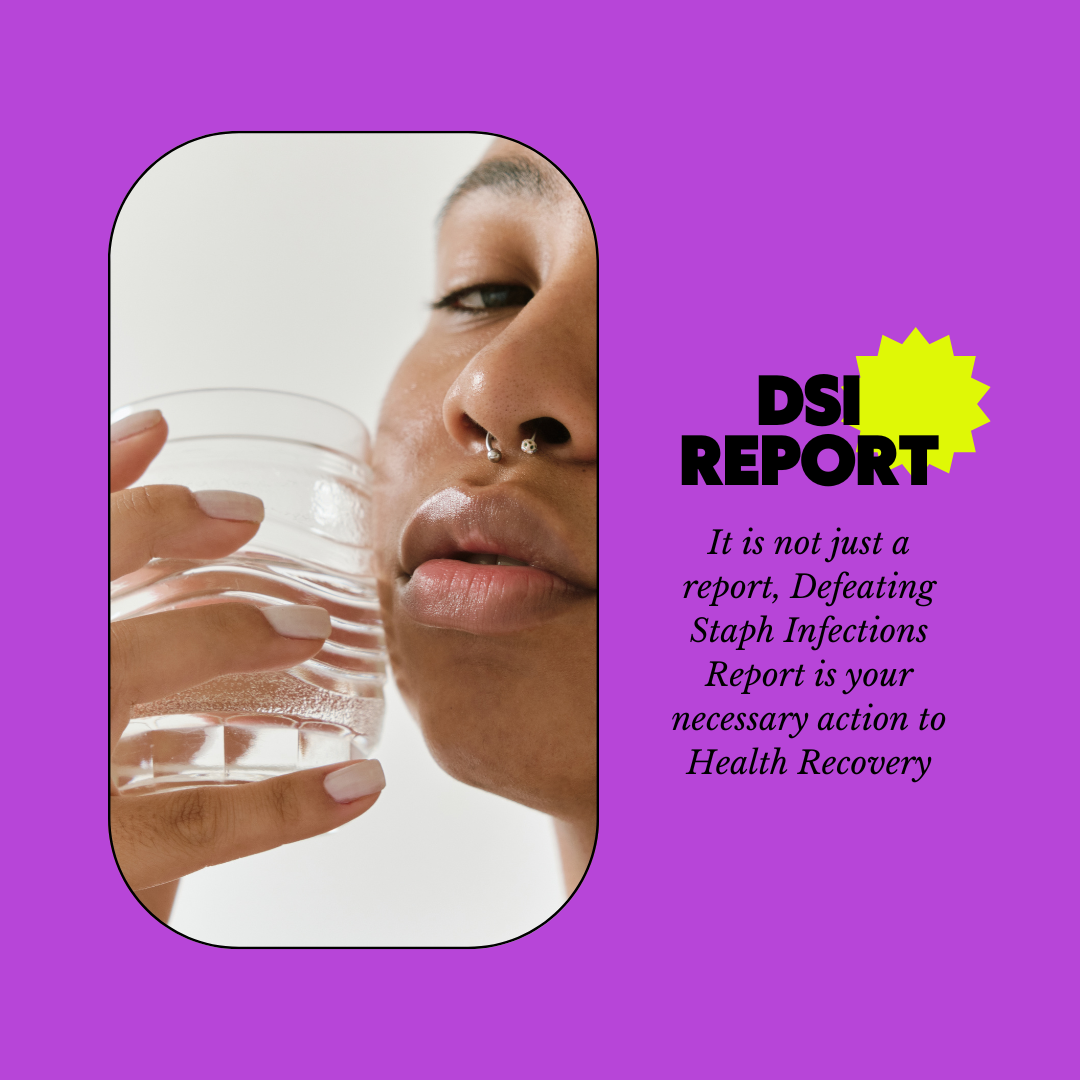What are contact precautions, and how do they help prevent Staphylococcus infections?
Contact precautions are a set of infection control practices used in healthcare settings to prevent the spread of pathogens that are transmitted by direct or indirect contact with the patient or the patient's environment. These precautions are especially critical in managing infections caused by multidrug-resistant organisms such as Methicillin-resistant Staphylococcus aureus (MRSA), which can be spread through physical contact with either the infected or colonized person or surfaces and objects contaminated with the pathogen.
Key Elements of Contact Precautions:
Personal Protective Equipment (PPE):
- Healthcare workers and visitors are advised to wear PPE such as gloves and gowns when entering the room of a patient on contact precautions. This practice prevents the transfer of microorganisms via direct contact with the patient or indirectly by touching surfaces and medical equipment in the patient's room.
Hand Hygiene:
- Effective hand hygiene is required before putting on and after removing gloves, before exiting the patient's room, and after any contact with the patient or their environment. Hand hygiene typically involves washing hands with soap and water or using an alcohol-based hand sanitizer.
Dedicated Patient Equipment:
- Whenever possible, dedicated non-critical patient-care equipment (such as stethoscopes, thermometers) should be used for patients under contact precautions. This reduces the risk of transmitting pathogens to other patients via equipment.
Patient Placement:
- Patients on contact precautions should be placed in private rooms or cohorted with other patients who have the same infection. This isolation helps limit the spread of the pathogen to other patients, healthcare workers, and visitors.
Environmental Cleaning and Disinfection:
- Frequent and meticulous cleaning and disinfection of surfaces in and around the patient's room are crucial. Special attention should be given to frequently touched surfaces and areas like bedrails, bedside tables, door knobs, and bathrooms.
Limiting Patient Movement:
- Movement and transport of the patient out of the room should be limited to medically necessary purposes. When transport is necessary, appropriate measures (like covering the patient’s wounds and using clean gowns) should be taken to minimize the risk of pathogen spread.
Education:
- Education of healthcare workers, patients, and visitors about the reasons for and methods of contact precautions is crucial for compliance and effectiveness. Understanding the importance of these measures can promote adherence and improve the overall safety of the healthcare environment.
How Contact Precautions Help Prevent Staphylococcus Infections:
By implementing these practices, healthcare facilities can significantly reduce the risk of transmitting Staphylococcus infections among patients, staff, and visitors. Contact precautions disrupt the transmission chain by minimizing direct contact with contaminated surfaces and individuals, thus controlling the spread of infection and contributing to a safer healthcare environment. This is particularly important for vulnerable populations in these settings, who are at a higher risk of severe infections.






Post a Comment